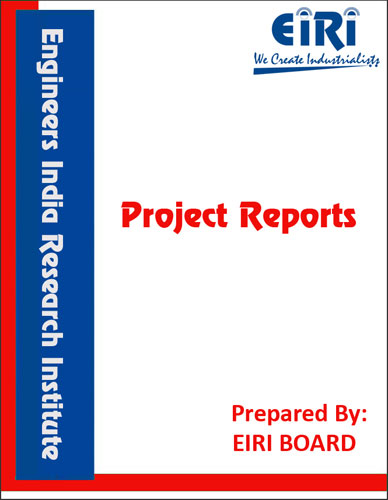PECTIN FROM CITRUS, LEMON AND ORANGE
The project report includes Present Market Position and Expected Future Demand, Market Size, Statistics, Trends, SWOT Analysis and Forecasts. Report provides a comprehensive analysis from industry covering detailed reporting and evaluates the position of the industry by providing insights to the SWOT analysis of the industry.
We can prepare PROJECT REPORT as per your INVESTMENT PLAN for BANK LOAN REQUIREMENT and INDUSTRY ANALYSIS. All reports are prepared by highly qualified consultants and verified by a panel of experts.
Have Query? Click Here to Chat
Industry Expert is Online, Chat with him for more detail.

Pectin (derived from Greek meaning – “congealed, and curdled”) is a structural heteropolysaccharide contained in the primary cell walls of terrestrial plants. It was first isolated and described in 1825 by Heneri Bracannot. Pectin, a multifunctional constituent of cell wall is a high value functional food ingredient widely used as gelling agent and as stabilizer. It is produced commercially in form of white to light brown powder, mainly extracted from citrus fruits, and is used in food as a gelling agent particularly in jams and jellies. It is also used in fillings, sweets, as a stabilizer in fruit juices and milk drinks and as a source of dietary fiber. In plant cells, pectin consists of a complex set of polysaccharides that are present in most primary cell walls and particularly abundant in the non-woody parts of nearly all terrestrial plants.
Pectin is present not only in the primary cell walls but also in the middle lamella between plant cells where it helps to bind the cells together. The amount, structure and chemical composition of the pectin differs between plants, within a plant over time and in different parts of a single plant. During ripening, pectin is broken down by the enzymes pectinase and pectin esterase, resulting in the process where the fruit becomes softer. This is because the middle lamella which primarily consists of pectin breaks down and cells become separated from each other. A similar process of cell separation caused by pectin breakdown occurs in the abscission zone of the petioles of deciduous plants at the time of leaf fall2.
Pectin is thus also a natural part of human diet, but does not contribute significantly to nutrition. As the literature reports, the daily intake of pectin from fruit and vegetables can be estimated to be around 5 g (where the consumption of approximately 500 g fruit and vegetable per day is estimated)3. In human digestion, pectin goes through the small intestine more or less intact but is acted upon by microbial growth of large intestine. Pectin thus acts as a soluble dietary fibre1. Consumption of pectin has been shown to reduce blood cholesterol levels. The mechanism appears to be an increase of viscosity in the intestinal tract, leading to a reduced absorption of cholesterol from bile or food3. In the large intestine and colon, microorganisms degrade pectin and liberate shortchain fatty acids that have favorable influence on health (also known as
prebiotic effect).
INTRODUCTION
APPLICATIONS OF PECTIN
PECTIN IN FOOD APPLICATIONS
MARKET POSITION
DETAILED IMPORT DATA OF PECTIN
SUPPLIERS OF MANUFACTURER/SUPPLIERS OF PECTIN
PROCESS OF MANUFACTURE FROM JUICE
PROCESS FLOW CHART
MANUFACTURING PROCESS FROM ORANGE PEEL
CONTINUOUS PROCESS
COMPLETE PLANT SUPPLIERS
MANUFACTURERS/SUPPLIERS OF PLANT & MACHINERY
SUPPLIERS OF RAW MATERIALS
APPENDIX – A:
1. COST OF PLANT ECONOMICS
2. LAND & BUILDING
3. PLANT AND MACHINERY
4. FIXED CAPITAL INVESTMENT
5. RAW MATERIAL
6. SALARY AND WAGES
7. UTILITIES AND OVERHEADS
8. TOTAL WORKING CAPITAL
9. COST OF PRODUCTION
10. PROFITABILITY ANALYSIS
11. BREAK EVEN POINT
12. RESOURCES OF FINANCE
13. INTEREST CHART
14. DEPRECIATION CHART
15. CASH FLOW STATEMENT
16. PROJECTED BALANCE SHEET



